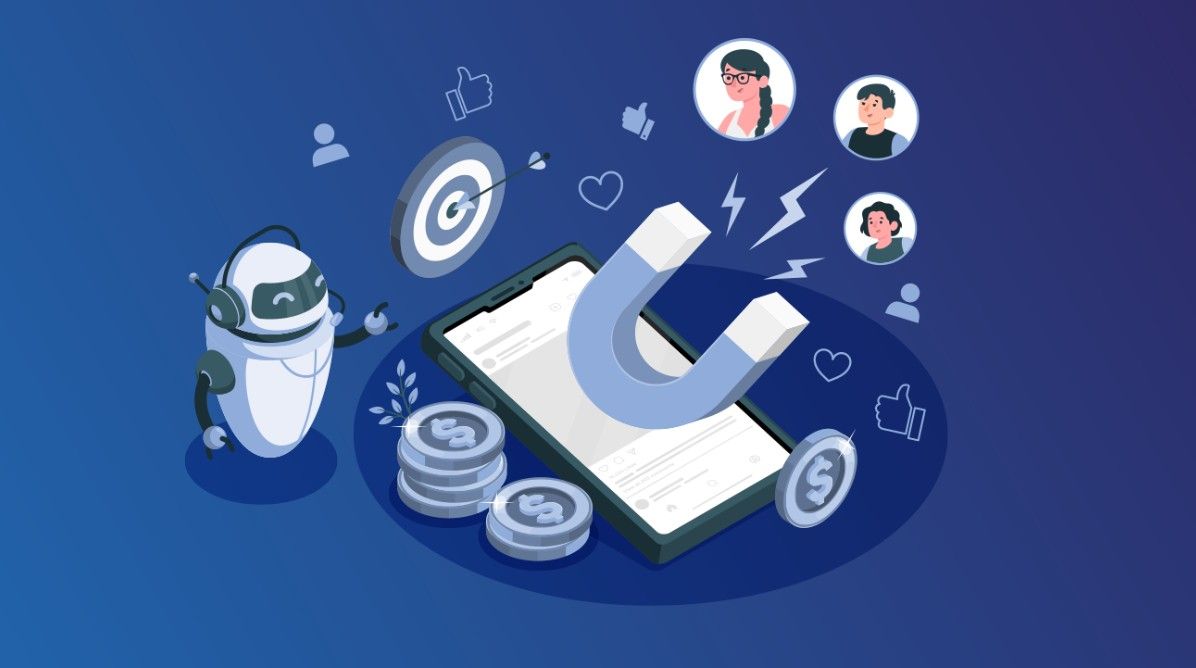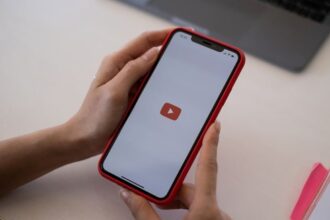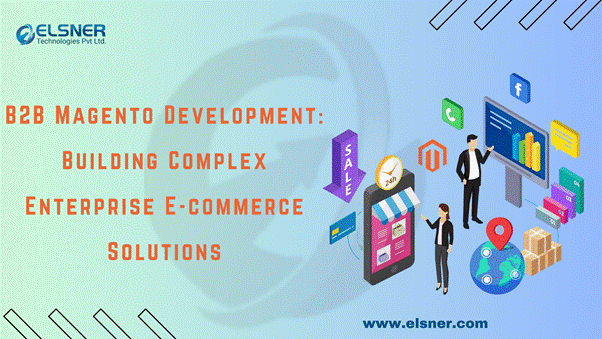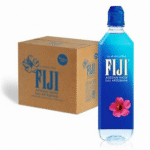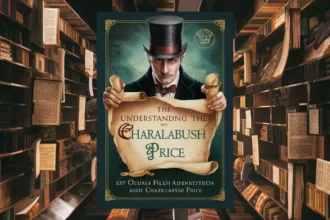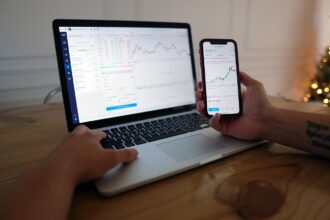If your B2B sales pipeline is starting to feel empty, you’re not alone. A lot of businesses are seeing fewer leads, slower responses, and missed targets. The old ways—like cold calls or buying lead lists—just don’t work the same anymore.
Buyers are smarter. They do research. They expect more value before even talking to sales. That means your lead generation methods need a serious upgrade.
In this guide, we’ll explore why many B2B companies are struggling to keep leads flowing—and what today’s B2B lead generation experts are doing that works in 2025.
Why Most B2B Companies Struggle with Consistent Lead Generation
Common Mistakes That Kill Your Pipeline
Many companies employ outdated tactics, such as generic email blasts or pushy cold calls. These used to work. But now, they just annoy people.
Another problem is using overly broad targeting. When you aim to reach everyone, you won’t achieve much and will remain stagnant. Without a clear focus, you will fail to deliver your ideas and solutions.
The Cost of Bad Targeting and Low-Quality Leads
Low-quality leads waste your team’s time. They talk to people who aren’t decision-makers or don’t have the budget. That leads to longer sales cycles and lost deals.
Sales and marketing alignment is also a big issue. When teams aren’t on the same page about what a good lead looks like, no one wins.
What Experts Are Doing Instead
Top lead gen teams now focus on ideal customer profiles (ICPs). They use tools like LinkedIn Sales Navigator and intent data platforms to find people who are already looking for what they sell.
They also personalize their outreach. Not just by adding a name—but by talking about real problems their product can solve.
The Real Cost of Relying Only on Referrals
Why Referrals Aren’t Enough Anymore
Sure, referrals are great. But they’re not predictable. You can’t scale a sales team on hope.
Referral-based leads also slow down in quiet seasons. If your pipeline depends on your network or client word-of-mouth, you’re in trouble when that dries up.
The Danger of an Empty Top-of-Funnel
Without a full top-of-funnel, you’ll feel the pain months later. Sales cycles in B2B are long. If you don’t start generating new leads now, your pipeline will be empty when you need it most.
The Modern Approach: Diversify Your Lead Sources
Experts in B2B marketing use a mix of inbound and outbound strategies. They build content that attracts leads—like whitepapers, webinars, or SEO blog posts—and pair it with smart outbound outreach to targeted lists.
They also use tools like HubSpot, Apollo.io, and ZoomInfo to automate and personalize at scale.
How to Identify and Reach Your Ideal B2B Buyer Persona
Why Most Personas Are Too Vague
Saying you target “mid-size companies in tech” isn’t helpful. That could be hundreds of different types of buyers. If you’re not getting traction, it might be because you’re not speaking clearly to a specific audience.
Finding the Right Data to Define Your Buyer
Start with your best customers. What industries are they in? What job titles do they hold? What problems do they come to you for?
Then use tools like Clearbit or BuiltWith to dig into your prospect’s tech stack, funding rounds, and more.
Reaching the Right People with the Right Message
Once you know who your ideal buyer is, tailor your messaging to them. Use their industry language. Talk about the pain points they face. Keep your emails short, value-driven, and focused.
Lead Quality vs. Lead Quantity: Which Matters More?
Chasing Numbers Can Backfire
It’s easy to get excited about 1,000 new leads. But if these leads don’t bring converts to you it’s of no use and pointless.
Lead volume is a vanity metric. What matters is conversion rate and lifetime value.
What High-Quality Leads Look Like
High-quality leads have the budget, and you will need authority to buy. Responding to emails, attending demos, and asking real questions, that’s what they do! They’re the ones you want in your funnel.
Boosting Quality with Smart Tools
Modern problems need modern solutions!. B2B teams use AI-based lead scoring to rank leads based on engagement. They enrich leads with tools like Lusha or Leadfeeder to see who’s visiting their website and what they care about.
This lets your team focus on the leads most likely to close.
Inbound vs. Outbound B2B Lead Generation: What Works in 2025?
The Strengths and Weaknesses of Each Strategy
Inbound marketing takes time to build. But once it’s rolling, it brings in leads who are already interested.
Outbound prospecting works fast. It’s more direct. But it needs constant optimization to avoid burnout or being marked as spam.
The Best Teams Use Both Together
Winning B2B sales teams in 2025 are blending inbound and outbound. They use SEO and social media to attract warm leads, then use smart outbound to target key accounts.
This new idea and modern approach gives you short-term wins and long-term growth.
Real Results From Mixing Methods
Teams that combine ABM (account-based marketing) with content marketing are seeing better engagement and faster closes. That’s because their messaging is aligned, consistent, and valuable at every step.
Conclusion: It’s Time to Level Up Your Lead Generation Game
If your B2B pipeline is feeling dry, don’t panic—but do act fast. The market is changing. Buyers are smarter, and competition is tougher.
The companies winning today are the ones using smarter tools, clearer targeting, and more relevant messaging. They blend inbound and outbound. They focus on lead quality, not just quantity. And they stop relying only on referrals.
To make lead generation thrive in 2025, Shift your focus, update your tactics, and your pipeline will thank you.


